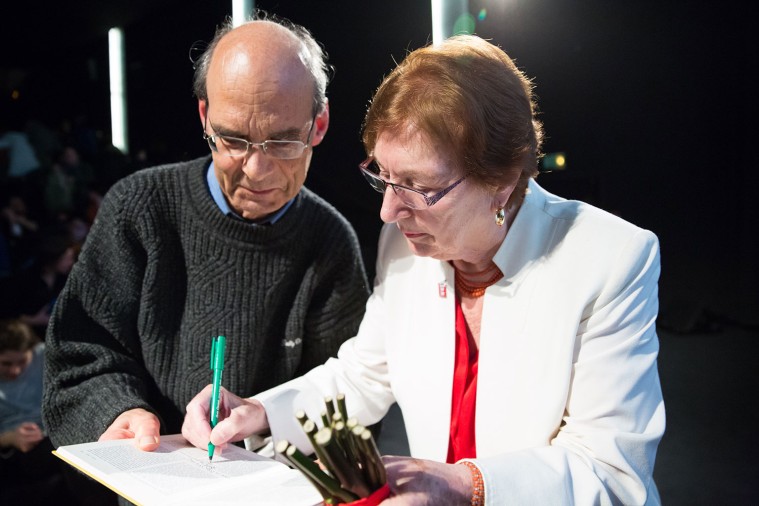Neun Leben hat die Katze
The Cat Has Nine Lives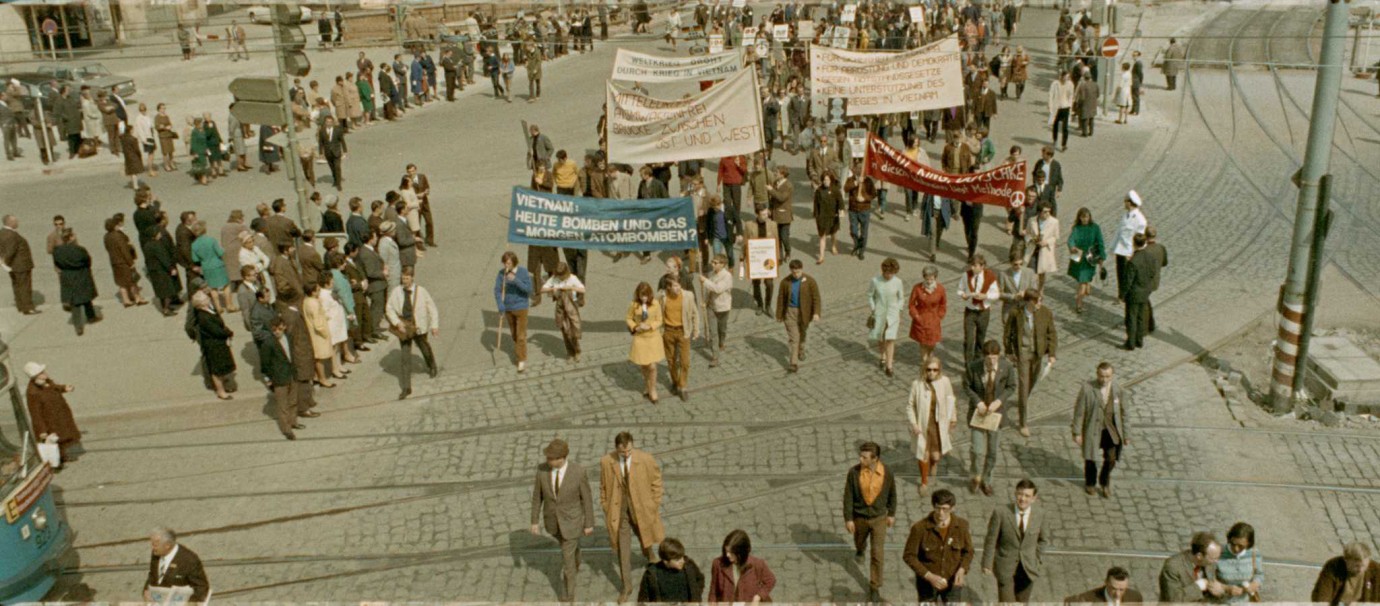
Source: Deutsche Kinemathek, Berlin

Neun Leben hat die Katze | The Cat Has Nine Lives by Ula Stöckl
BRD 1968, Berlinale Classics
Source: Deutsche Kinemathek, Berlin
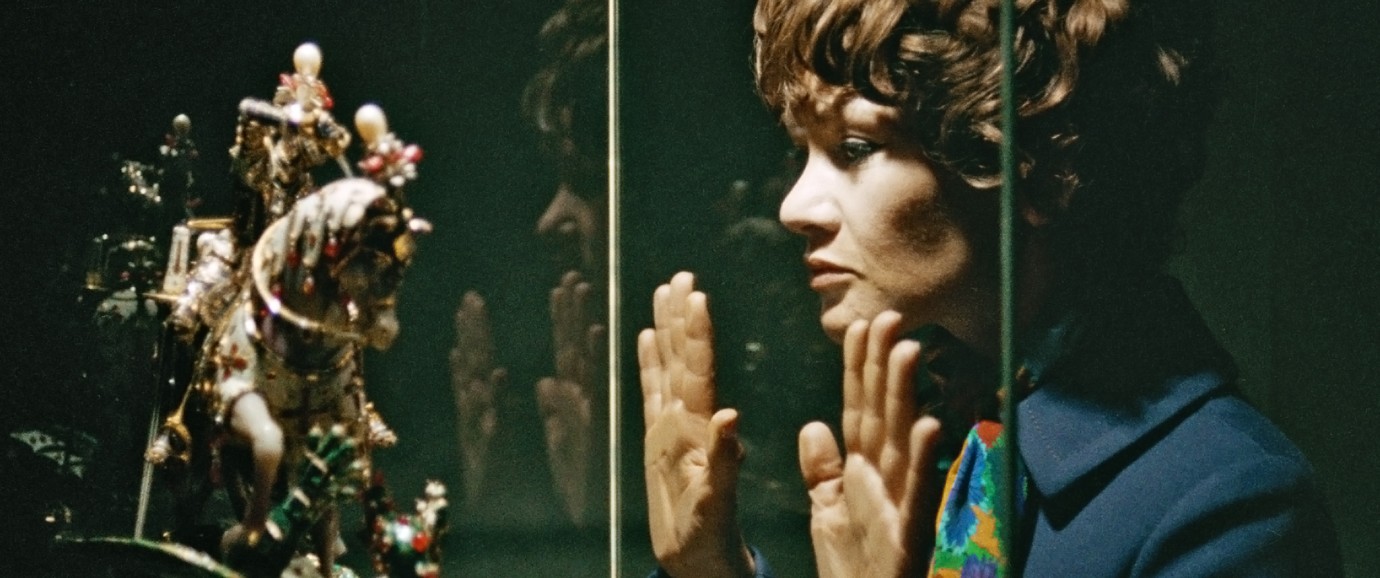
Neun Leben hat die Katze | The Cat Has Nine Lives by Ula Stöckl
BRD 1968, Berlinale Classics
Source: Deutsche Kinemathek, Berlin
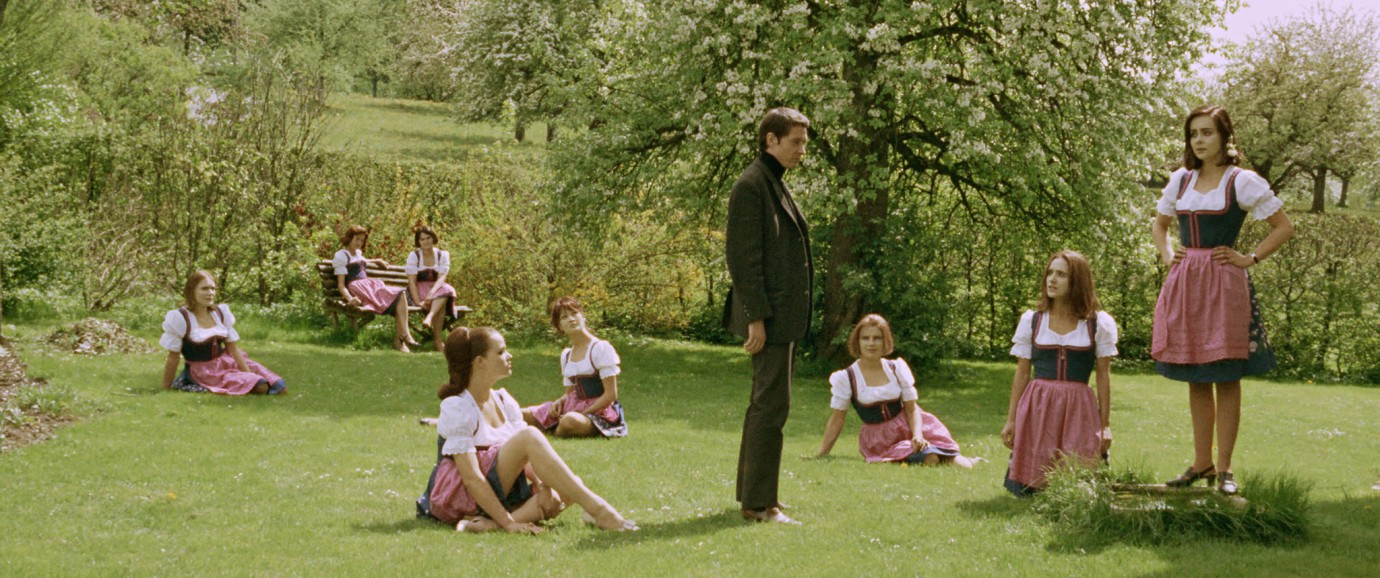
Neun Leben hat die Katze | The Cat Has Nine Lives by Ula Stöckl
BRD 1968, Berlinale Classics
Source: Deutsche Kinemathek, Berlin
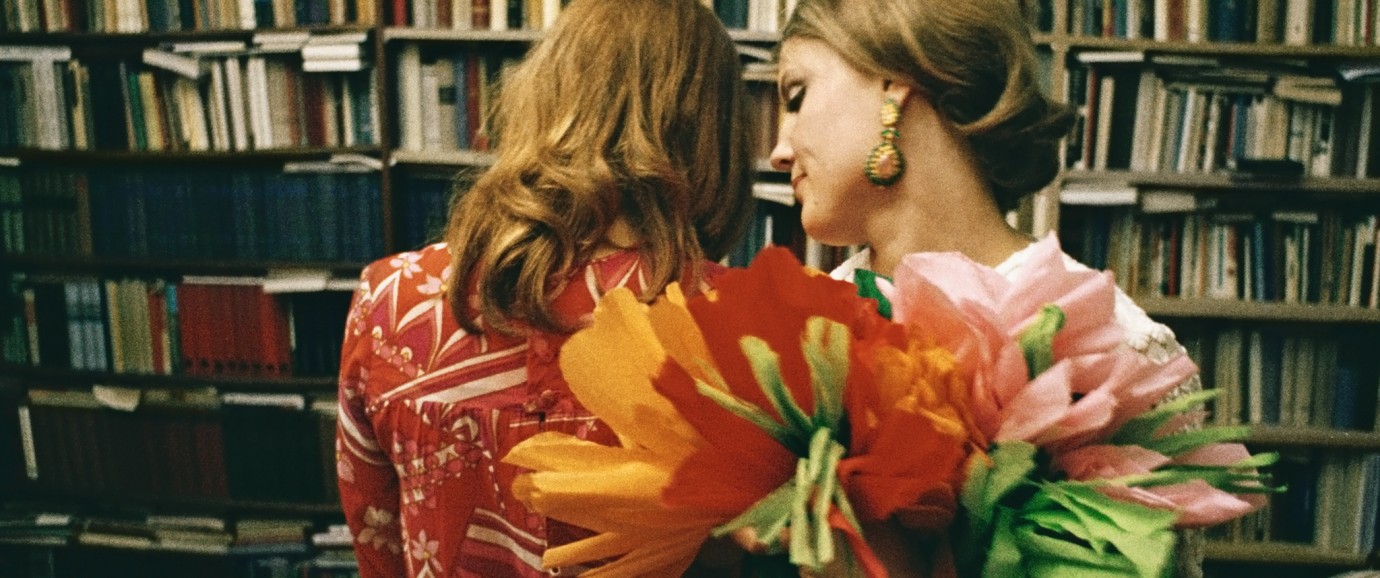
Marie Philippine, Liane Hielscher
Neun Leben hat die Katze | The Cat Has Nine Lives by Ula Stöckl
BRD 1968, Berlinale Classics
Source: Deutsche Kinemathek, Berlin
In the summer of 1967, journalist Katharina is visited in Munich by her French friend, Anne. They take day trips and visit cafés, acquaintances and parties. In a series of conversations, they talk about the chances for female emancipation in a male-dominated society ... This essay film puts five different types of women at the centre of the episodic narrative – an unmarried professional woman, a divorcee confused about her future, a career woman, a deceived wife and a “dream woman”. Director Ula Stöckl said in 1968, “women have never had so many chances to organise their lives the way they want. But first they have to learn that they can want something”. Film critic Christa Maerker called The Cat Has Nine Lives West Germany’s “first feminist film”. The film, originally shot in Techniscope and printed using the Technicolor dye-transfer process, has now been re-processed by the Deutsche Kinemathek, using the original negative. A Technicolor print stored in the Munich Film Museum was used as a colour reference for the digital restoration. – World premiere of the digitally restored 2K DCP version.
Additional information
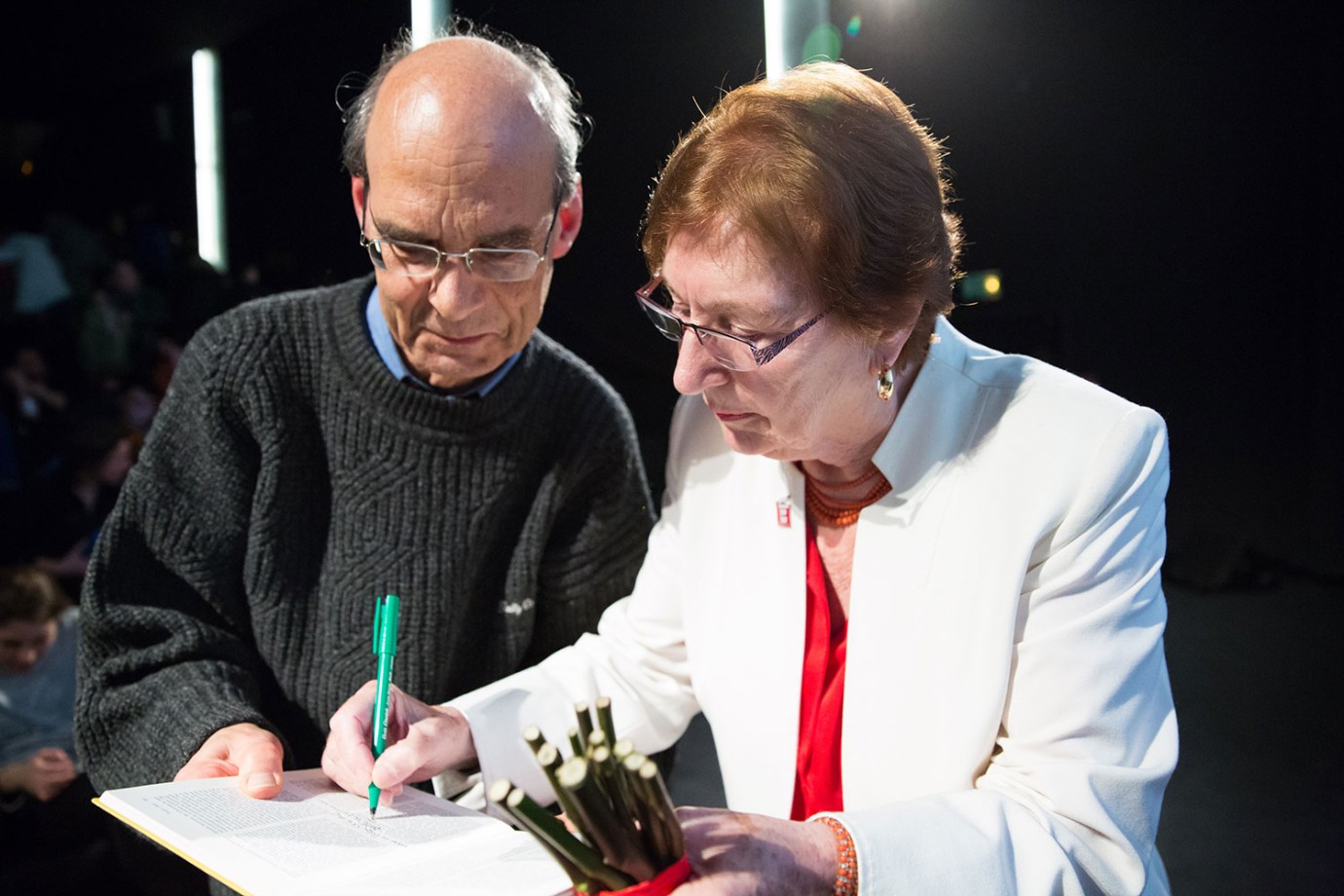
Ula Stöckl
The director giving autographs.
Neun Leben hat die Katze · Berlinale Classics · Feb 10, 2015
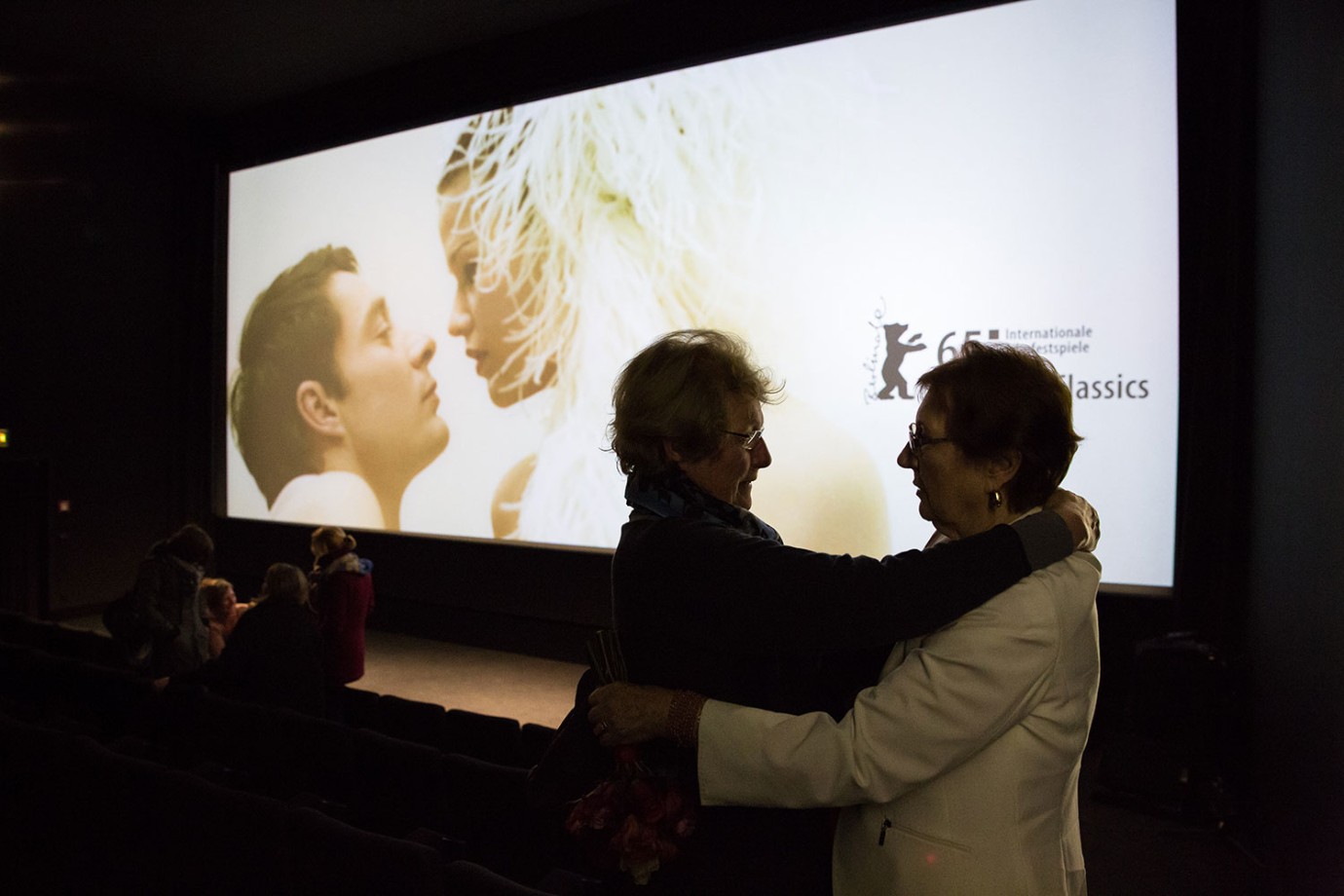
Ula Stöckl
The director of the digital restored film form 1968.
Neun Leben hat die Katze · Berlinale Classics · Feb 10, 2015
